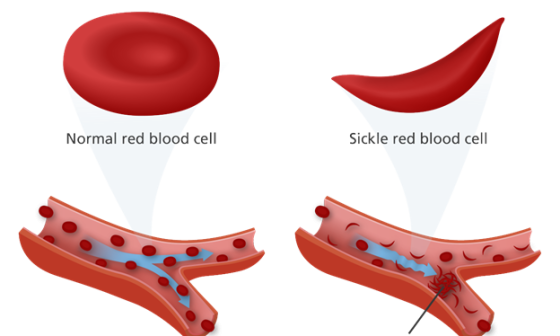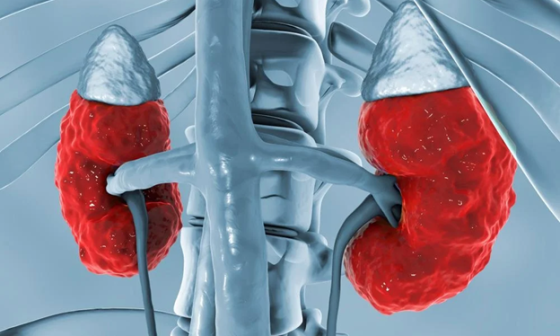In an ideal world injuries to the head should not occur but they do. Head injury is any traumatic injury involving the cranial bones, intracranial structures, and in worse cases the brain. The human body is controlled by the brain (a delicate structure) which is a part of the central nervous system, head injuries are among the most serious and potentially life-altering medical conditions that affect the brain and can be experienced.

Head injuries are relatively common, affecting millions of people globally each year. Head injuries range from mild tears and swellings with little consequence to life-threatening conditions. Worth noting is that injuries to the head that house the delicate structure are preventable, however, when these injuries occur prompt detection and management are essential to stall further damage.
Global Head Injury Awareness Day is a day set aside to raise awareness about the prevalence, severity, and prevention of all types of head injuries. Head injuries are often unnoticed or underestimated until it’s too late, the awareness day serves as a reminder of the significance of head injury prevention, early detection, and prompt management.
Types of Head Injury
The types can be grouped based on site into:
A.) Scalp injury: Scalp injury refers to any trauma affecting the skin, tissues, or structures covering the top of the head. Scalp injuries can vary from minor cuts, bruises, or abrasions to more extensive wounds such as lacerations, puncture wounds, or burns.
B.) Skull injury: A break in the bone surrounding the brain, it may or may not be associated with a brain injury. Skull injuries range from minor fractures or cracks to more severe injuries such as depressed fractures, where portions of the skull bone are pushed inwards toward the brain.
C.) Brain injury: A brain injury is any damage or trauma inflicted upon the brain, resulting in functional or structural changes that may affect cognitive, physical, emotional, or behavioral abilities. Brain injury can occur due to traumatic or non-traumatic; non-traumatic causes of brain injury include infections, tumors, anoxia (lack of oxygen supply), cerebrovascular accident (stroke), neurodegenerative conditions, and exposure to toxins.
Who is at risk for head injury?
Several risk factors increase the susceptibility of an individual to head injury, they include:
Age: The extremes of age; children and the elderly are more prone to head injuries. Children especially toddlers are at a higher risk as they are studying their environment and learning to walk. There is an increased susceptibility to falls in the elderly because the bones are weaker and eyesight is on a decline due to various age changes.
Sports Activities: Contact sports like boxing, rugby, and martial arts are at an increased risk of head injury as these sports involve intentional blows to the head. Recreational activities like skiing and skateboarding increase an individual’s risk of all forms of head injury. Additionally, cycling, hockey, football, and horseback riding can predispose to falls that may involve the head predisposing to any type of head injury.

Medical Conditions: Medical conditions such as seizure disorders predispose the affected individual to falls during episodic trigger situations. Individuals who have balance problems due to diseases affecting the inner ear and cerebellum are at an increased risk of head injury.
Substance Abuse: Alcohol intoxication and illicit drug use and abuse depress the brain functions and disrupt the chemical messenger balance in the brain, these ultimately affect balance, feelings, and thoughts. Impaired judgment and coordination due to intoxication significantly increase the risk of falls, accidents, and head injuries.
Domestic Violence: Domestic violence victims are at a higher than normal risk of head injuries and other bodily injuries as a result of assaults.
Occupational Hazards: Certain occupations predispose their workers to traumatic head injuries due to hazardous environments, machinery, and tools. Occupations such as construction workers, firefighters, para-military, and military personnel carry a higher than normal risk of falls or blows to the head.
Environmental Factors: Poorly maintained infrastructure, inadequate lighting, slippery surfaces, and cluttered environments contribute to the risk of falls and accidents that can result in head injuries in any and every individual.
What are the causes of head injury?
- Assaults and violence
- Motor vehicle, bicycle, or vehicle-pedestrian accidents (Road traffic accidents)
- Plane and train crashes
- Occupational hazards
- Falls
- Sports and recreational activities
How does head injury present?
Head injury presents in a variety of ways depending on the severity and time of the injury. Symptoms can be divided into immediate and late symptoms depending on the time of injury, these may pose a challenge to detection and presentation to the health facilities.
Immediate symptoms include; loss of consciousness, headache (commonest symptom), dizziness, nausea or vomiting, confusion, vision problems, ringing in the ears (tinnitus), and seizures.
Late symptoms include; memory problems, concentration difficulties, personality changes, sleep problems, balance problems, drainage of clear fluid from the nose or ear
More severe symptoms like bleeding in the brain can develop within hours (immediate) or even days (late) after traumatic accidents. Therefore, it is important that in all cases of head injury, the affected individual should visit the health facility for proper diagnosis and expert management. Early diagnosis and treatment can significantly improve recovery outcomes and minimize potential complications.
Complications of Head Injury
Head injuries can lead to various complications, that range from short-term effects to long-term disabilities or even life-threatening conditions. The severity and type of complications depend on factors like the nature of the injury, the extent of brain damage, and the time of medical intervention.
Complications include; cognitive and memory deficits, physical and balance impairments, speech and language impairments, behavioral and emotional changes, altered senses (taste, sight, and smell), seizures, and epilepsy disorders.
Complications affect the quality of human life as they can greatly affect the psychological of the sufferer and their friends, caretakers, and family. The emotional and psychological complications lead to anxiety, depression, post-traumatic stress disorder (PTSD), isolation, and ultimately social withdrawal.
How can head injury be prevented?
Prevention starts with awareness of risk factors and causes of head injury. Preventive measures are the steps taken to minimize the chance of sustaining a head injury.
Preventive measures include wearing protective coverings like helmets, repairing all faulty machine parts in work environments, the appropriate and consistent use of seat belts in vehicles, changing playground floors from tiles to wooden, rubber, or grassy floors, supervising of all plays in children, management of any medical condition that predisposes to falls like epilepsy, avoidance of alcohol intoxication, and policies to stop the intake of illicit drugs
Conclusion
In conclusion, head injuries can be prevented, individuals, communities, and policymakers must implement preventive measures such as safety education, legislation, infrastructure improvements, and access to healthcare to reduce the burden of head injuries and promote a decrease in the incidence of head injuries worldwide.
Dr Ifeoma Uduh, Dr John Afam






